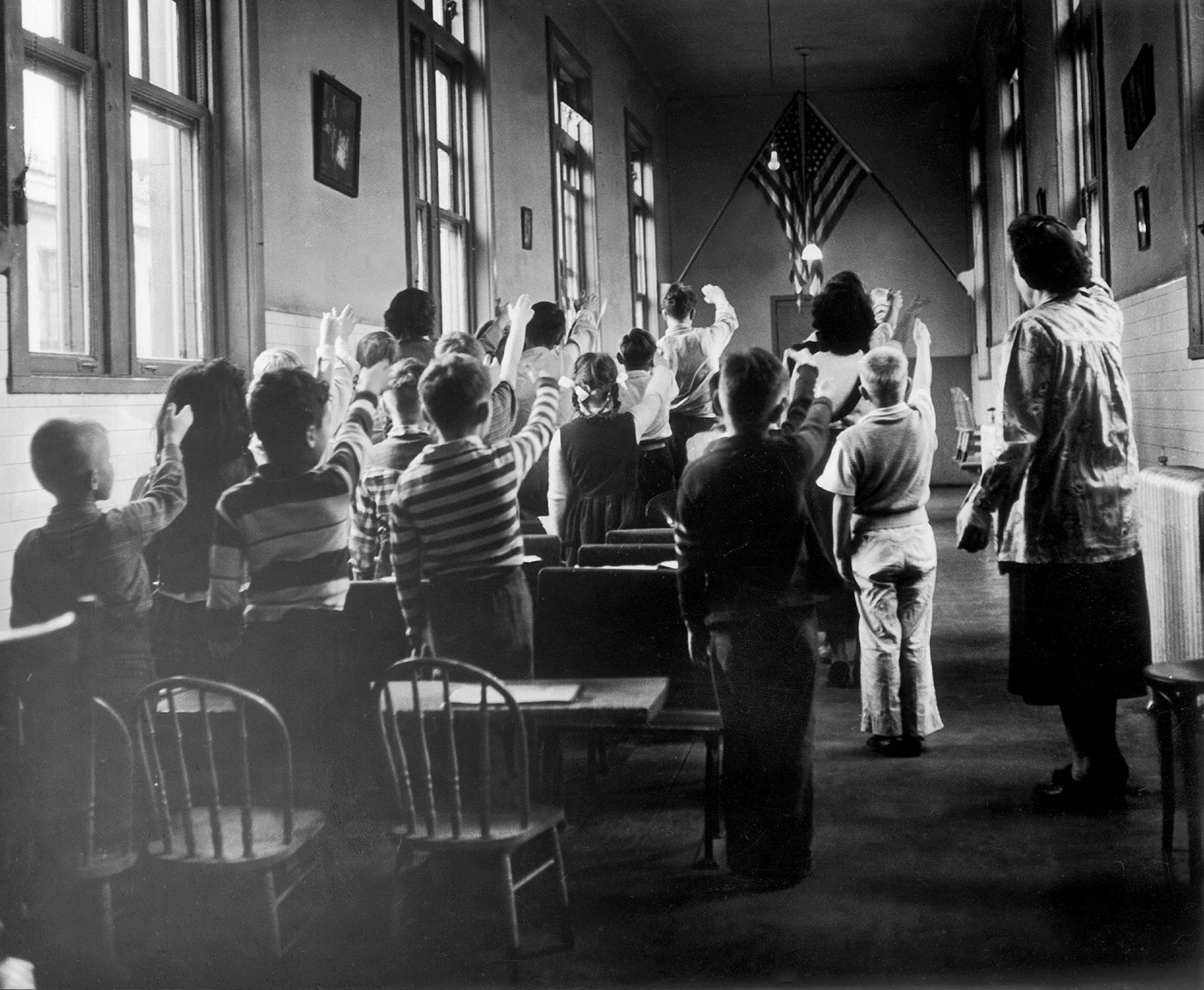In a law review article published over forty years ago, Supreme Court Justice William J. Brennan argued that state constitutions are a “font of individual liberties” and that their protections, in matters like search and seizures and the right to a jury trial, often extend beyond the protections of federal law.* In 51 Imperfect Solutions: States and the Making of American Constitutional Law, Jeffrey Sutton, a well-respected judge who sits on the United States Court of Appeals for the Sixth Circuit, endorses Brennan’s thesis and provides four examples in which state constitutional protections were or are more robust than federal ones. These examples demonstrate that the law may be best served if proponents of a new or expanded right give priority to a claim based on their state constitution, and that state judiciaries can set an example for the federal judiciary. Each of them—as well as a fifth example, regarding partisan gerrymandering, that Judge Sutton does not take up but is also worthy of study—merits separate discussion.
The first example involves the equality and adequacy of funding for public education. In Brown v. Board of Education (1954), the Supreme Court removed a major barrier to equal educational opportunities by prohibiting the segregation of public schools, but it left in place the financial obstacle faced by poor school districts unable to provide their students with an education comparable to that offered by wealthier districts. In San Antonio Independent School District v. Rodriguez (1973), over the dissent of four justices, including Thurgood Marshall, the Court rejected a challenge to Texas’s school-financing system, which was based on local property taxes and thus created wealth-based barriers to equal educational opportunities in Texas’s public schools.
The plaintiffs received no relief in their federal case, but in three cases in the 1980s and 1990s the Supreme Court of Texas held that the state’s school-financing system violated the Texas Constitution. Courts in other states, like New Jersey and Ohio, have similarly held that their state constitutions require some measure of equal funding among school districts, demonstrating that state constitutions sometimes offer greater protections than the US Constitution does.
In the second example, Sutton traces the development of the rule requiring that evidence obtained by unconstitutional means be excluded from a trial (the “exclusionary rule”) and the subsequent development of the good-faith exception to that rule. In Mapp v. Ohio (1961), the Supreme Court, noting the states’ “impressive” experience with such a rule, established that the exclusionary rule applies to evidence obtained as a result of an unreasonable search or seizure. Twenty-three years later, the Court established a good-faith exception to the exclusionary rule so that, if police officers reasonably rely on a warrant that is later found to be invalid, the evidence obtained pursuant to that warrant need not be excluded from trial.
However, at least one third of the states have decided not to apply that exception and instead allow for the exclusion of evidence even when officers act in good-faith reliance on the validity of a warrant. The approaches of those states not only show that state constitutions sometimes offer greater protections than the US Constitution does, they also undermine the assumption that life-tenured federal judges invariably provide greater protection to defendants than elected state judges do. Accordingly, that concern should not discourage plaintiffs from pursuing claims in state court. (Nevertheless, Sutton’s discussion does not persuade me to change my settled opposition to the popular election of judges.)
The third example that Sutton discusses grew out of the eugenics debate at the beginning of the twentieth century, and it serves as a warning to advocates not to rely solely on the Supreme Court to protect individual rights. Many national leaders at that time—including, for example, Theodore Roosevelt and John D. Rockefeller—believed that the genetic quality of the human population could be improved through selective breeding. Many eugenicists thus advocated the forced sterilization of people whom they viewed as inferior members of society, such as the mentally ill, the immoral, and the criminally inclined. In Buck v. Bell (1927), Justice Oliver Wendell Holmes wrote an opinion joined by all but one of his colleagues that upheld an order approving the sterilization of a woman who medical authorities claimed was “feebleminded.”
Sutton explains that before Buck v. Bell, many state courts had granted relief from forced sterilization on various state and federal constitutional grounds. But after the Supreme Court upheld the practice under the US Constitution, state courts were reluctant to conclude that it violated state constitutions. In this case, the Supreme Court’s decision had the effect of dissuading state courts from protecting individual rights as robustly as they had been protecting them before Buck v. Bell, underscoring the potential danger of focusing exclusively on federal rights and federal courts.
Advertisement
Sutton’s fourth example describes the treatment of Jehovah’s Witnesses who continued to refuse to allow their children to pledge allegiance to the American flag at school after Justice Felix Frankfurter’s opinion for the Supreme Court in Minersville School District v. Gobitis (1940) authorized schools to compel students to salute the flag. Following that ruling, hundreds of Jehovah’s Witnesses were attacked across the country. Although many state courts reached a conclusion similar to that of the Supreme Court in Gobitis, several prohibited such compulsion and thus set the stage for Justice Robert Jackson’s opinion overruling that decision in West Virginia Board of Education v. Barnette (1943).
A fifth example that Sutton does not discuss in his book, but that I believe is important to explore, is the possibility of mounting challenges to partisan gerrymandering in state courts.
Many state constitutions have equal protection provisions requiring that state officials act impartially when performing official duties. Those provisions provide standards that may impose a duty to draw neutral maps of voting districts, which would presumably prevent state legislators from adopting district maps that are specifically intended to give them an advantage in future elections.
Although the Supreme Court has been unable to find in the US Constitution manageable standards for judging the permissibility of partisan gerrymanders, state courts are not foreclosed from construing a state constitutional provision as mandating impartiality. In other words, state law may well offer an effective remedy against partisan gerrymandering regardless of whether federal law does. Indeed, just this year, in League of Women Voters v. Commonwealth of Pennsylvania, the Pennsylvania Supreme Court held that the state’s gerrymandered congressional map violated the state constitution. In light of the continuing uncertainty about when, if ever, the Supreme Court will identify federal standards for judging the constitutionality of partisan gerrymanders, it is particularly important for voting rights advocates to look to state courts and constitutions in mounting such challenges.
As Sutton’s book demonstrates, state judiciaries can set an example for the federal judiciary and ultimately persuade it to endorse rights that they have recognized and that should have prevailed as a matter of federal law for decades. I hope that 51 Imperfect Solutions convinces advocates to bring claims in state courts so that jurisprudence may continue to develop in this way.
This Issue
December 6, 2018
Saboteur in Chief
That Formal Feeling
Opioid Nation
-
*
“State Constitutions and the Protection of Individual Rights,” Harvard Law Review, Vol. 90, No. 3 (January 1977). ↩



